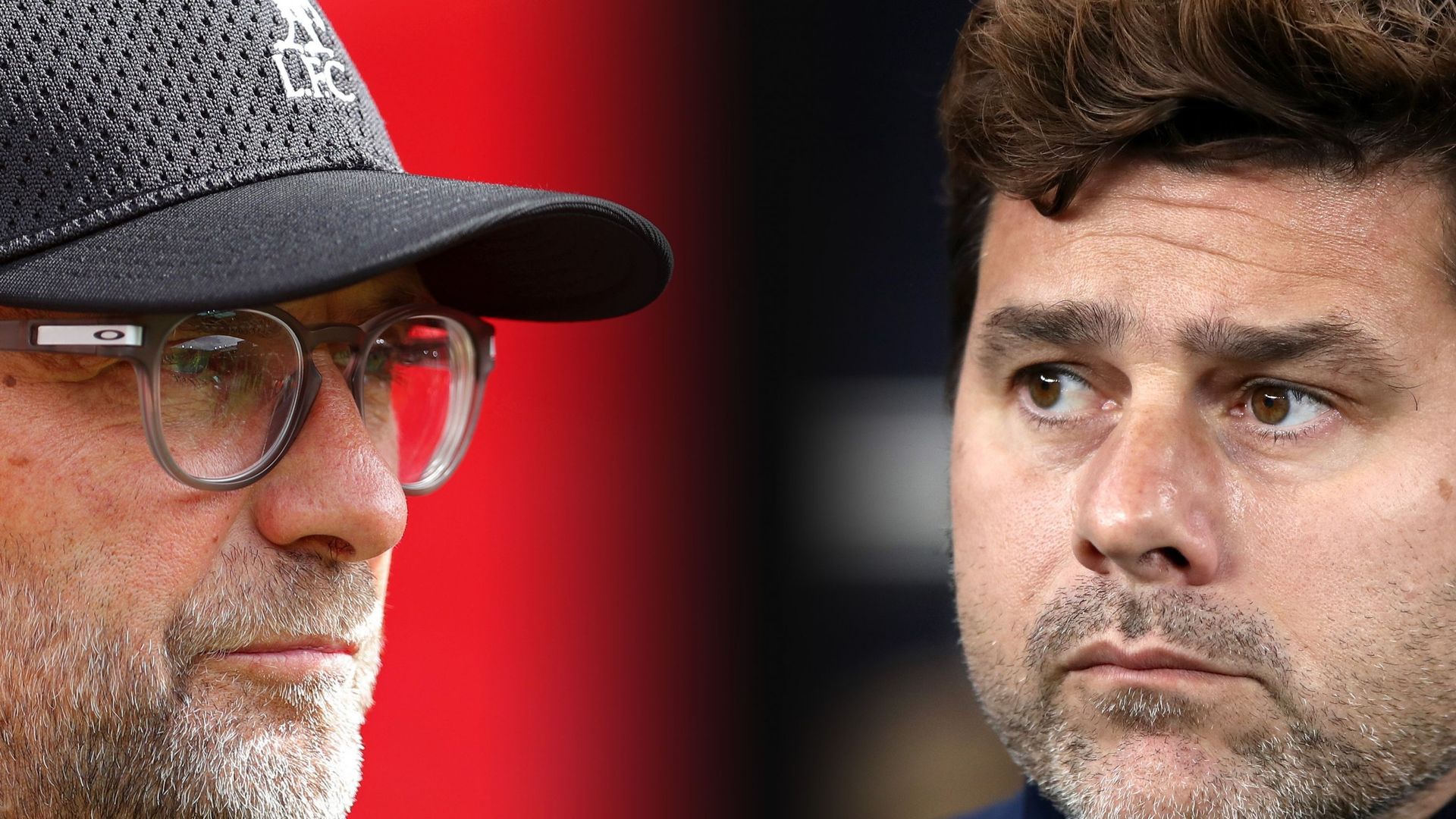That the future sends the past to the corner of history is true at the ISE fair, specifically in pavilion 8, the physical and most distant corner of the mammoth technology fair – only open to professionals – which is being held these days in l’ Hospitalet de Llobregat. Where only a handful of the thousands of attendees at the fair arrive, you can see the microphone with which George Martin, the fifth Beatle, spoke with the band in the Abbey Road studio, the amplifier that Jimi Hendrix used in his concert from the Isle of Wight or a part of the sound equipment installed in the Pompeii amphitheater for the legendary concert that Pink Floyd gave in 1972.
Pieces of history locked in display cases like paleontological remains in a natural history museum, bones of the largest dinosaurs that populated the sound land in the 60s and 70s, patiently assembled by a veteran sound technician from Cheshire, named Chris Hewitt, witness from that time and now guardian of his memory through the CH Vintage Audio exhibition, which brings together fifty pieces that show the technical side of musical history. Microphones and headphones from the 60s, pioneering modulators used by Stevie Wonder or synthesizers from the first era in which electronics fully entered the world of music, transforming it forever.
Three microphones used by David Bowie and Mick Ronson during the 1973 Ziggy Stardust tour.
ALEX GARCIA
With a determined walk, Hewitt proudly displays his collection while pointing out unique objects such as the DBX160 compressor that John Lennon used to record Imagine in his Tittenhurst studio, the drum microphones that Roger Taylor used at the Queen concert held during Live Aid in 1985 , the amplifier of John Entwistle, bassist of The Who, with the tuning by chords of his handwriting still written in a corner, or the trolley boxes, the enormous suitcases used on big tours, belonging to Eric Clapton and Albert Lee, known as The Duck Bros. “I have a hundred of these trunks from various artists in my house,” he says. Almost without stopping, he points to the modulator that Martin Hannet used in the production of Unknown Pleasures, Joy Division’s first album, and a little further on he shows the mixer that Neil Young took to the Cray Horse and Crosby, Still Nash & Young tours. , still with the stickers placed by the Canadian musician to note the control settings.
Enrolled in the world of music since he was 16, Hewitt, who is now 70, has worked behind the scenes with the Grateful Dead and The Kinks, an experience that has allowed him to come into contact with David Gilmour and Nick Mason, guitar and drums from Pink Floyd, to obtain parts of the sound equipment that the legendary band used on the tour of The Dark Side Of The Moon, in 1973, of which one of the 14 sound blocks that were assembled in the concerts and who traveled with the band on their world tours.
“People think I have a lot of money but it’s not true, I spent it all a long time ago,” he explains with a smile while walking through his collection, which he has been responsible for documenting through three books that contain the history of sound equipment. in the last half century, in addition to keeping it in good working order. To demonstrate, he turns the volume knob on four sturdy gray speakers and starts playing I’m Only Sleeping by the Beatles. This is the equipment with which the four from Liverpool recorded almost all their albums at the Abbey Road studios in London, the same sound monitors that can be seen in the film Get Back. “Everything you see at the exhibition works, when something new breaks people just throw it away. But all these things can be fixed,” he says.
Amplifier used by Roger Waters in the legendary concert that the group gave at the Pompeii Coliseum, in the fall of 1971
ALEX GARCIA
In the same good condition is the WEM sound system that David Bowie used on Ziggy Stardust’s 1973 tour with The Spiders from Mars, and that Hewitt collected from a warehouse where it was languishing in the dust, or one of the three tables of mixes that were used at the legendary Isle of Wight festival of 1970, which marked the end of the hippie movement. “At that time the mixes were still done on the same stage and not in front of it, like now.” The music of the Doors, Free, The Who or Jimi Hendrix passed through that device, names that sound distant and somewhat strange so close to the latest audio technology that is exhibited in the next pavilion 7 of the Fira.
“Technology is nothing without the people who use it, it is by combining both elements that you achieve something truly creative,” recalls Joe Hoskins, head of content at ISE, about a technology still active just three decades ago, before the The digital era wiped out everything. “In 20 years, the devices now on display at the fair could be part of an exhibition like this, that makes you think about how quickly things change.” We will have to wait a while to know if the equipment that the ISE fair exhibits in this edition has the same durability as that of its predecessors, used by Gilmour, Lennon, Neil Young and company, and above all if it is wrapped in the same magic as conferred upon them by these magicians of music.
Also read Sergio Lozano
2024-01-31 05:04:13
#technology #music #greats

